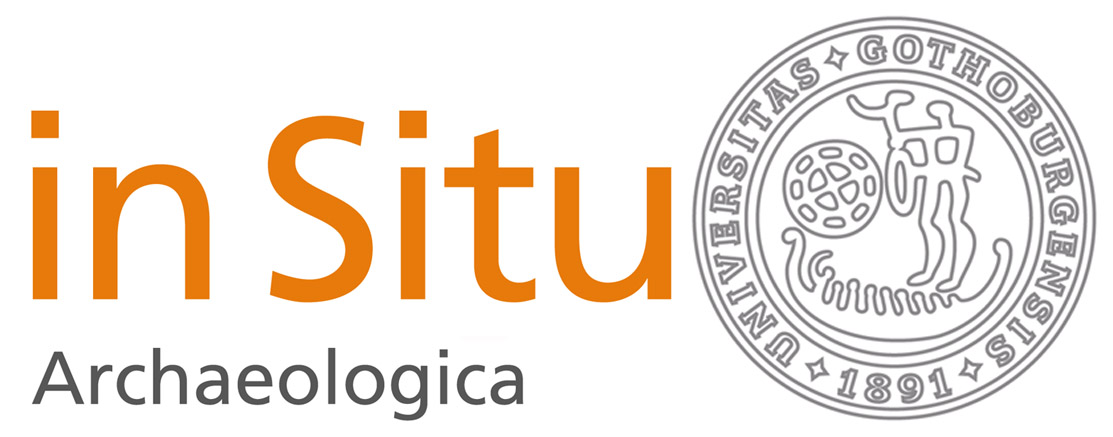Kitteln på Skrea backe
en förromersk brandgrav med keltisk import
DOI:
https://doi.org/10.58323/insi.v8.13363Keywords:
Iron Age, Burials, metal detectorAbstract
In September 2008, during the annual public Day of Archaeology, a 7 year old boy used a metal detector and came upon a rare find in Skrea parish, Halland, on the Swedish west coast. A Celtic cauldron, crafted in iron and bronze, measuring 0.5 m in diameter, was found in what was later recognized as a Pre-Roman cremation grave. The cauldron was analyzed by computerized tomography before excavation and preservation. The skeletal remains of three individuals along with burial gifts were found. 14C analysis dates the bones to 310–200 BC. This cauldron is one of barely a handful found in Scandinavia and represents the earliest type of imported Celtic metal vessels in this region. The present article is a first presentation of the cauldron and the burial gifts that accompanied the
dead. The author outlines a project for further analysis of this unique find.
Downloads
Downloads
Published
How to Cite
Issue
Section
License
Authors contributing to In Situ Archaeologica agree to publish their articles under a Creative Commons License. This gives third party different rights to use the material under certain conditions. These rights is defined by which license the article is published and it is the third partly responsibility to ensure that the license is fullfilled in any re-use of the material. Authors always retain copyright of their work and any re-use of the material presumes that appropriate credit is given the author, a link is provided to the license, and any changes made are clearly indicated.



